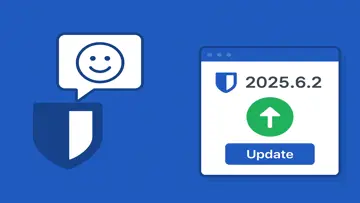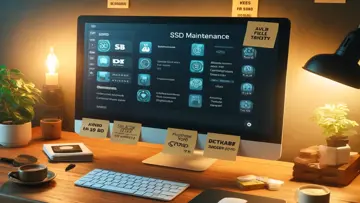HiP2P Security: Recurring Questions and Known Issues
1. Why does Malwarebytes flag HiP2P as a potential threat?
Several users have reported that Malwarebytes detects HiP2P-related processes, particularly P2PClient.exe, as malicious. These detections often involve outbound connections to suspicious IP addresses, some of which are associated with compromised domains or Trojan activity. For instance, one user noted repeated blocks of outbound traffic from HiP2P to IP addresses flagged for malicious activity.
Source: Malwarebytes Forum
Security experts suggest that such behavior indicates potential unauthorized data transmission or communication with untrusted servers. Given these concerns, it's advisable to monitor HiP2P's network activity and consider alternative software if suspicious behavior persists.
2. Are there known vulnerabilities in HiP2P's underlying protocols?
Yes. HiP2P utilizes P2P protocols for device communication, some of which have documented vulnerabilities. Notably, a buffer overflow vulnerability identified as CVE-2020-9527 affects firmware developed by Shenzhen Hichip Vision Technology, which is used in many P2P-based devices. This flaw allows unauthenticated remote attackers to execute arbitrary code via the P2P service.
Source: GitHub - HiChip RCE
Furthermore, research has shown that certain P2P protocols can expose devices to man-in-the-middle attacks, credential theft, and unauthorized access to video streams.
Source: Bitdefender Research
These vulnerabilities underscore the importance of ensuring that devices and software using P2P protocols are regularly updated and secured.
3. Does HiP2P transmit data to foreign servers without user consent?
There have been reports suggesting that HiP2P's P2PClient.exe attempts to connect to external servers, some located in foreign countries, without explicit user initiation. Analyses have shown outbound connections to IP addresses in China, raising concerns about potential unauthorized data transmission.
Source: File.net Analysis
While such connections might be part of the software's normal operation for remote access features, the lack of transparency and control over these communications can be problematic. Users are encouraged to monitor network traffic and use firewall rules to restrict unwanted outbound connections.
4. Is HiP2P considered a Potentially Unwanted Program (PUP)?
Yes. Security tools like Malwarebytes often classify HiP2P as a Potentially Unwanted Program due to its behavior, which includes unsolicited outbound connections and potential security risks. In discussions on security forums, experts have advised users to uninstall HiP2P if it's not essential, citing its potential as a security threat.
Source: Malwarebytes Forum
Given these classifications, users should evaluate the necessity of HiP2P in their systems and consider alternatives that offer better transparency and security.
Installations
Latest Reviews
|
|
7-PDF PDF to Word Converter
Transform Your PDFs with Ease Using 7-PDF PDF to Word Converter |
|
|
Wireless Network Watcher
Monitor Your Wireless Network Activity with Ease |
|
|
4k Video Downloader
Effortlessly download high-quality videos with 4k Video Downloader. |
|
Classic Paint for Windows
Classic Paint Reimagined for Modern Windows |
|
|
|
Ashampoo Money
Track Your Finances Easily with Ashampoo Money |
|
CD-Runner 2013.00
CD-Runner 2013.00: Your Go-To Solution for Seamless CD Management |
|
|
UpdateStar Premium Edition
Keeping Your Software Updated Has Never Been Easier with UpdateStar Premium Edition! |
|
|
Microsoft Edge
A New Standard in Web Browsing |
|
|
Microsoft Visual C++ 2015 Redistributable Package
Boost your system performance with Microsoft Visual C++ 2015 Redistributable Package! |
|
|
Google Chrome
Fast and Versatile Web Browser |
|
|
Microsoft Visual C++ 2010 Redistributable
Essential Component for Running Visual C++ Applications |
|
|
Microsoft Update Health Tools
Microsoft Update Health Tools: Ensure Your System is Always Up-to-Date! |





